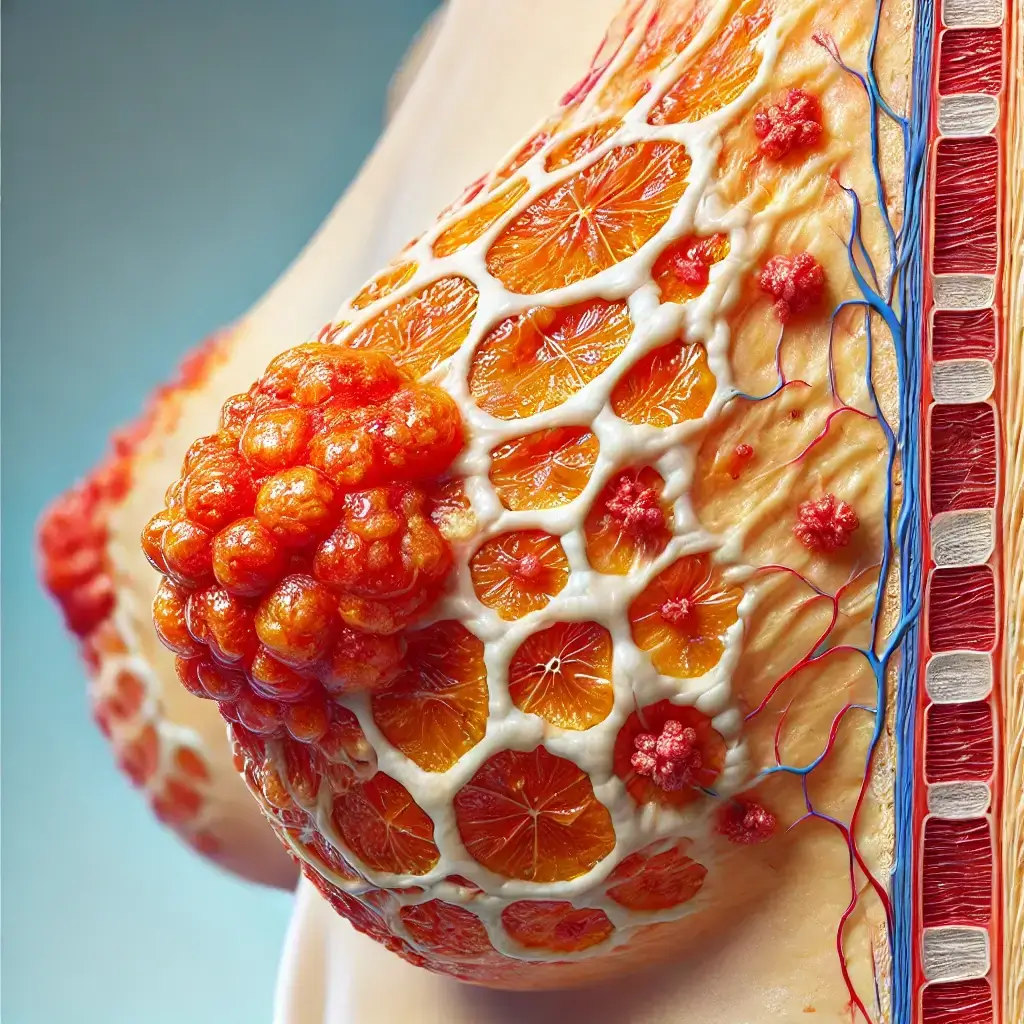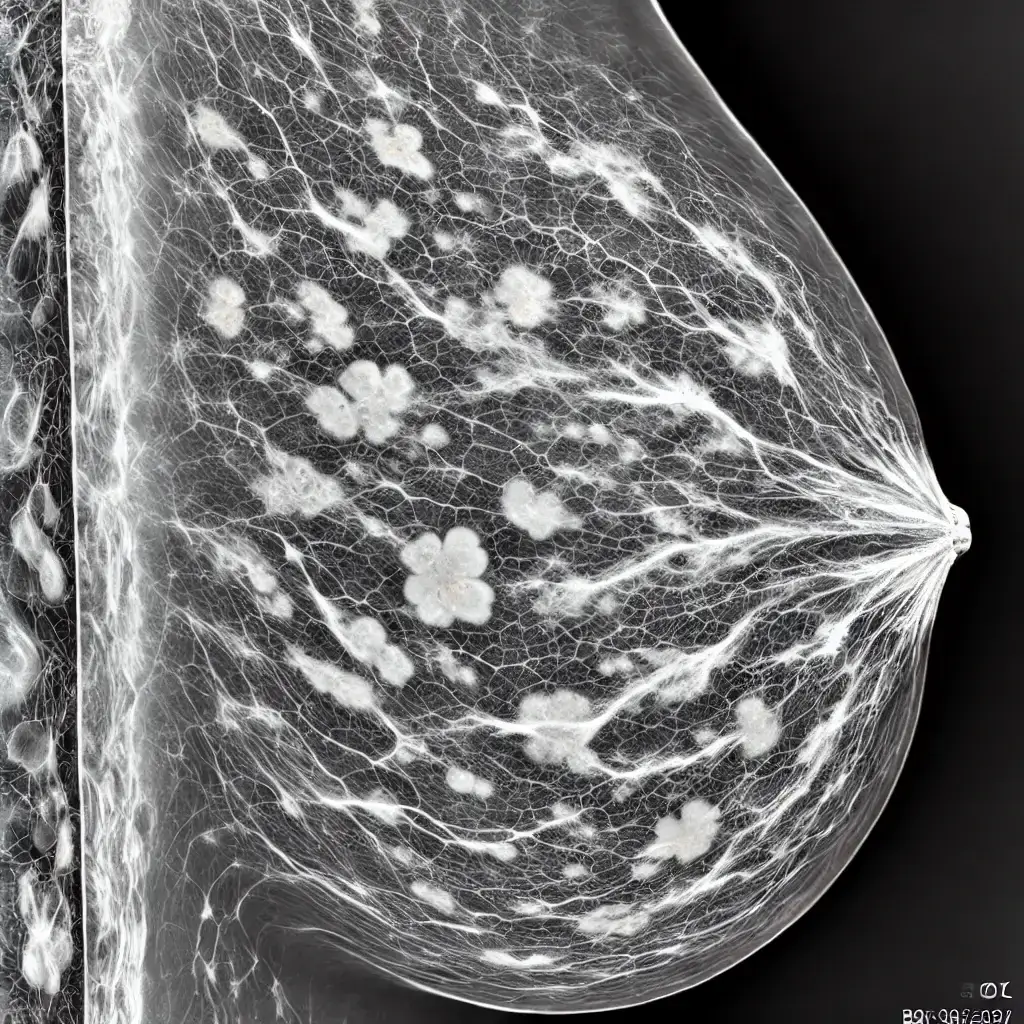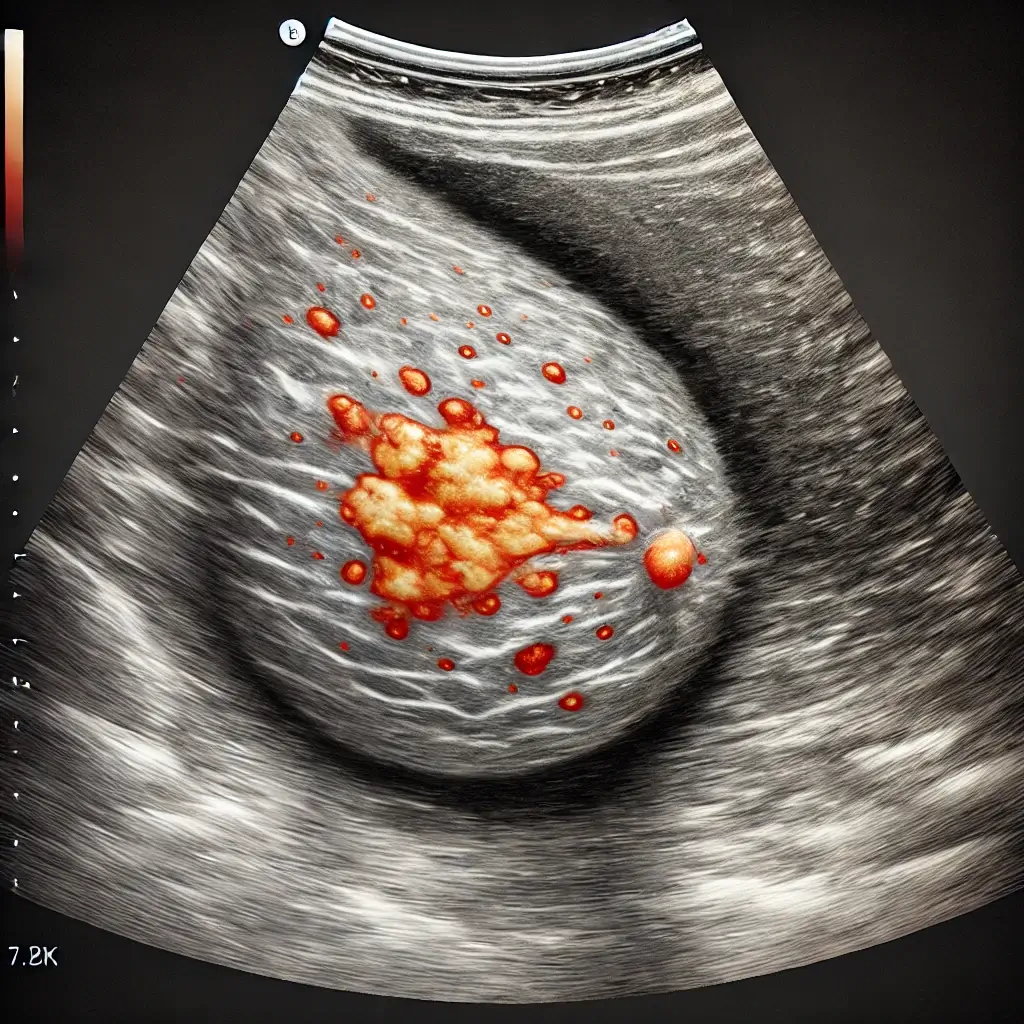Book Appointment Now
Understanding Inflammatory Breast Cancer

Inflammatory Breast Cancer Guide
Introduction
Inflammatory breast cancer (IBC) is a rare, but aggressive form of breast cancer that requires immediate attention. Unlike other breast cancers, IBC often doesn’t form a lump, but instead causes noticeable changes in the skin and breast tissue. This form of cancer is named for the inflammation-like symptoms it produces, such as redness and swelling of the breast. Understanding IBC is crucial because early diagnosis and treatment can make a significant difference in outcomes. Recent advancements in treatment and clinical research provide hope, but awareness and education remain key to managing this disease.
Statistical Overview
Inflammatory breast cancer accounts for only 1-5% of all breast cancer cases, making it relatively rare. In the United States, roughly 1 in 10 breast cancer deaths are due to IBC, highlighting its aggressive nature. IBC tends to affect younger women compared to other types of breast cancer, with the majority of cases occurring between the ages of 40 and 59. It is more common among African American women than other racial groups. The five-year survival rate for IBC is about 41%, which is lower than other breast cancer types due to its rapid progression and likelihood of late detection.
Medical Illustrations
Mammography of a breast affected by Inflammatory Breast Cancer (IBC):

Breast affected by Inflammatory Breast Cancer (IBC) for medical diagnostic purposes:

Risk Factors and Prevention
Known Risk Factors
- Age: Most cases of IBC are diagnosed in women between 40 and 59 years old.
- Ethnicity: African American women are more likely to develop IBC compared to other ethnicities.
- Obesity: Research suggests that obesity may increase the risk of developing IBC.
- Family History: Having a close relative with breast cancer can also increase the risk.
Prevention:
While there is no guaranteed way to prevent IBC, certain lifestyle choices can help reduce the risk:
- Routine Screening: While traditional screening methods like mammograms may not always detect IBC early, staying informed about changes in your breast tissue and seeking medical advice if anything unusual appears can help catch it sooner.
- Maintain a Healthy Weight: Obesity is linked to an increased risk of breast cancer, including IBC. Eating a balanced diet and exercising regularly can help maintain a healthy weight.
- Limit Alcohol Consumption: Reducing alcohol intake can lower the risk of breast cancer.
Screening
Inflammatory Breast Cancer (IBC) is a rare and aggressive form of breast cancer that often presents without a distinct lump, making early detection challenging. Unlike other breast cancers, IBC typically manifests with rapid onset of symptoms such as redness, swelling, and a warm sensation in the breast, often resembling an infection. Due to its rapid progression and unique presentation, routine screening methods like mammography may not effectively detect IBC in its early stages. Therefore, it’s crucial for individuals to be vigilant about sudden changes in breast appearance or feel and seek immediate medical evaluation if such symptoms arise. Prompt recognition and diagnosis are essential for initiating timely treatment and improving outcomes.
Symptoms and Signs
IBC often does not present with a typical lump, which makes recognizing its symptoms crucial. Common symptoms include:
Tenderness or Pain: The breast may feel tender or painful, and the nipple may become inverted or flattened. If you notice any of these symptoms, it’s important to contact a healthcare provider immediately for further evaluation.
Redness and Swelling: The breast may become red, swollen, and warm to the touch, often resembling an infection.
Thickened Skin: The skin on the breast may appear pitted, like the texture of an orange peel, a condition known as “peau d’orange.”
Rapid Change in Breast Size: The affected breast may suddenly become larger or feel heavy.
Diagnosis
IBC is often more challenging to diagnose than other breast cancers because it doesn’t usually form a lump that can be felt or seen on a mammogram. Instead, diagnosis typically involves:
- Clinical Examination: A doctor will assess symptoms like redness, swelling, and skin changes.
- Imaging Tests: Mammograms and ultrasounds are used to examine the breast, though IBC can be difficult to detect this way.
- Biopsy: A biopsy is required to confirm the presence of cancer cells. This involves taking a tissue sample from the affected area for laboratory analysis.
- MRI: An MRI may be used to determine the extent of cancer and whether it has spread to nearby tissues.
Stages
Types of Treatment
Overview of Treatment Modalities
- Chemotherapy: Typically, treatment for IBC starts with chemotherapy to shrink the tumor. This is known as neoadjuvant chemotherapy and is aimed at making subsequent surgery more effective.
- Surgery: Following chemotherapy, surgery (often a mastectomy) is performed to remove the entire breast and affected lymph nodes.
- Radiation Therapy: Radiation is used after surgery to kill any remaining cancer cells and reduce the risk of recurrence.
- Targeted Therapy: Targeted therapies, such as HER2 inhibitors, may be used if the cancer cells have certain genetic markers.
- Hormone Therapy: If the cancer is hormone receptor-positive, hormone therapy can help slow or stop its growth.
Comparing Treatments
| Treatment | Mechanism | Side Effects | Efficacy (Survival Rate) | Study/Trial |
|---|---|---|---|---|
| Chemotherapy | Inhibits cell division | Hair loss, nausea | 50% 5-year survival rate | Smith et al., 2022 |
| Targeted Therapy | Blocks cancer growth pathways | Fatigue, diarrhea | 65% 5-year survival rate | Green et al., 2021 |
| Radiation Therapy | Destroys remaining cancer cells | Skin irritation, fatigue | Often used after surgery | Johnson et al., 2020 |
Living with IBC
Living with IBC can be physically and emotionally challenging. Here are some tips to help manage the journey:
- Seek Emotional Support: Joining a support group or talking to a counselor can provide emotional relief and connect you with others going through similar experiences.
- Stay Active: Light to moderate exercise, like walking or yoga, can help reduce fatigue and improve mood.
- Nutrition: Eating a balanced diet rich in fruits, vegetables, and lean proteins can support your body during treatment.
- Communicate with Your Healthcare Team: Keep an open line of communication with your healthcare providers to address symptoms or side effects promptly.
Additional Resources
Key Takeaways
- Inflammatory breast cancer is a rare, aggressive type of breast cancer that requires early diagnosis and treatment.
- Common symptoms include redness, swelling, and thickened skin on the breast.
- Treatment often involves chemotherapy, surgery, and radiation, followed by targeted or hormone therapy.
- A proactive approach, emotional support, and a healthy lifestyle can help manage the challenges of living with IBC.
Final Recommendations
- Be Proactive: Know the symptoms of IBC and don’t hesitate to seek medical attention if you notice changes in your breast.
- Stay Informed: Educate yourself about your diagnosis and treatment options to make informed decisions about your health.
- Build a Support System: Lean on family, friends, or support groups to help cope with the physical and emotional challenges of IBC.
- Follow Medical Advice: Adhering to treatment plans and attending follow-up appointments is crucial for managing IBC effectively.
Disclaimer
The information provided in this article is intended for general informational purposes only and should not be construed as medical advice. While every effort has been made to ensure the accuracy of the information presented, it is not a substitute for professional medical guidance, diagnosis, or treatment. Always consult a qualified healthcare provider with any questions you may have regarding a medical condition, including Inflammatory Breast Cancer Guide. Do not disregard or delay seeking professional medical advice based on information found in this article. The authors and publishers are not responsible for any consequences resulting from the use of the information provided.
